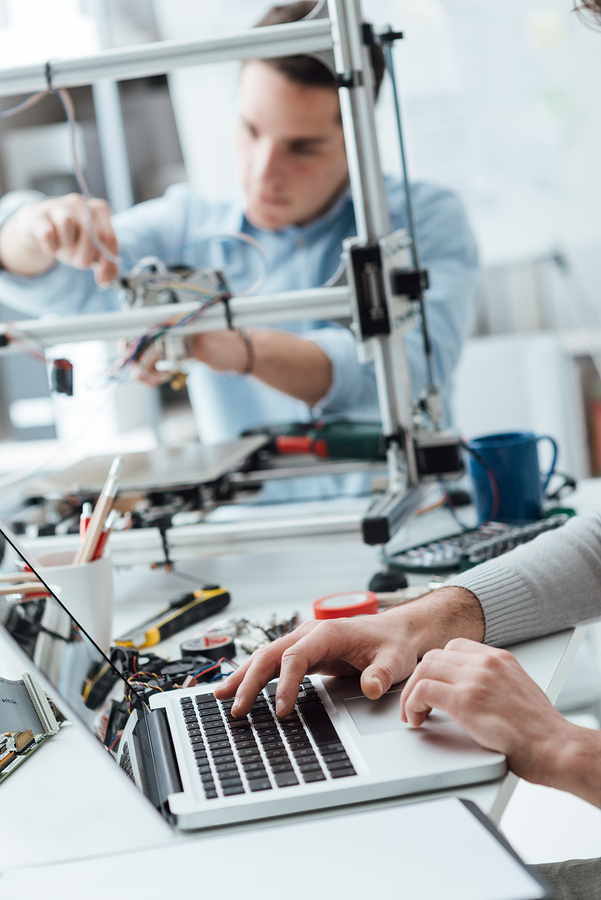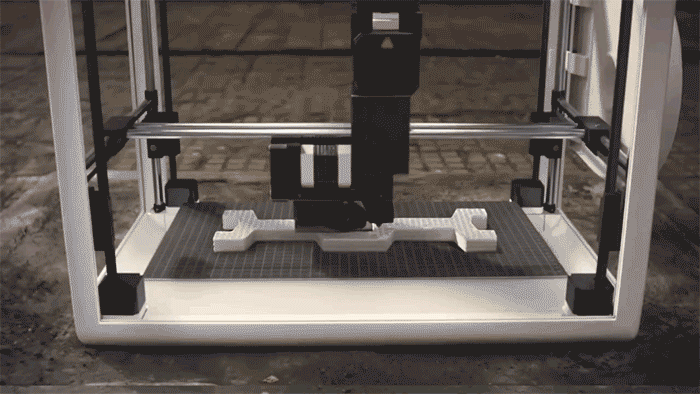Before the Industrial Revolution, everything was designed and manufactured on demand. The innovation of standardization allowed manufacturers to produce parts in large quantities, lowering costs and reducing turnaround time. However, as technology advances, we may be moving once again to manufacturing custom products — but with the same cost- and time-saving advantages as mass production. How is this possible?
Innovation through technology
The speed at which technology is transforming manufacturing is outpacing many other industries. Broad changes affecting entire sectors occur more regularly, and those throughout the industry can feel the benefits of even small changes in technology. In fact, not long ago, innovations such as cloud computing and 3-D printing were reserved for larger companies able to invest heavily in new technologies. Now, these processes are available or quickly becoming accessible to smaller manufacturers at reasonable prices, allowing them to invest in on-demand production.
 In many on-demand models, customers can design and place their orders, and manufacturers store their information in the cloud. Information for prototyped products is automatically sent from the cloud to 3-D printers, which manufacture items to meet customer requests, and the finished products continue through the supply chain to final delivery. For especially unique products needing an expert human touch, designers receive the end-user order information prior to designing or adding requested specifications, then send the information via the could through a similar process. These advances add flexibility previously unachievable through mass manufacturing processes and now include the ability to produce even small or singular orders on the fly in a relatively short time.
In many on-demand models, customers can design and place their orders, and manufacturers store their information in the cloud. Information for prototyped products is automatically sent from the cloud to 3-D printers, which manufacture items to meet customer requests, and the finished products continue through the supply chain to final delivery. For especially unique products needing an expert human touch, designers receive the end-user order information prior to designing or adding requested specifications, then send the information via the could through a similar process. These advances add flexibility previously unachievable through mass manufacturing processes and now include the ability to produce even small or singular orders on the fly in a relatively short time.
One of the unique capabilities such technology allows today is the ability to, in a sense, go back to older ways of manufacturing. Uniquely personalized items have long been consumer preference, but the cost savings inherent in mass-produced items overwhelmed that desire. With today’s advances, consumers once again have the option to acquire bespoke items designed to meet their unique needs but without lengthy production times and high costs. Manufacturers benefit by keeping machines occupied more consistently and expanding their potential customer bases as well. Because manufacturers can move from design to production of even small runs in record times, they can significantly reduce lead time for new manufacturing orders. This leads to their ability to accept more on-demand jobs and produce during what would otherwise be machine downtime. Some are even moving to distributed networks with many individual manufacturing facilities located near their customer bases to further shorten delivery times for finished products.
How disruptive is on-demand manufacturing?
At the moment, costs for personalized products manufactured on demand are still significantly higher than mass-produced parts and finished products. For most on-demand projects, using and combining standardized parts off the shelf save money and standardized designs are less expensive to produce. For on-demand manufacturing to truly be disruptive, however, manufacturers will need to find new ways to close the cost gap. A major change in how they design and build manufacturing facilities as well as changes in training for manufacturers will likely be necessary as well.
Cloud computing solutions are continuing to mature and show no signs of slowing, and 3-D printing technology is strongly following suit. Because of these and other industry changes, the future of on-demand manufacturing looks very bright but is only on the cusp of what technology will allow manufacturers to do with customization.
